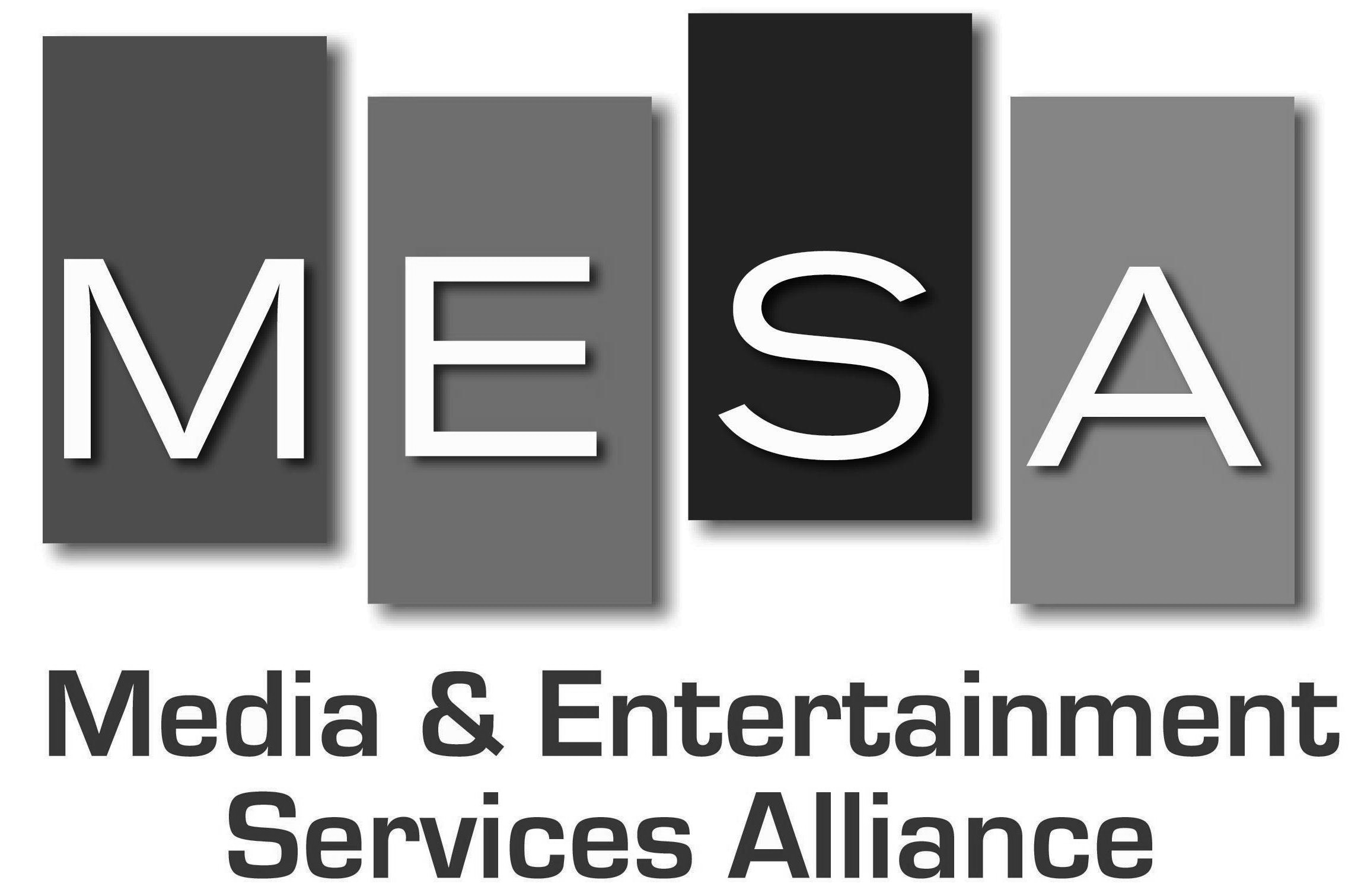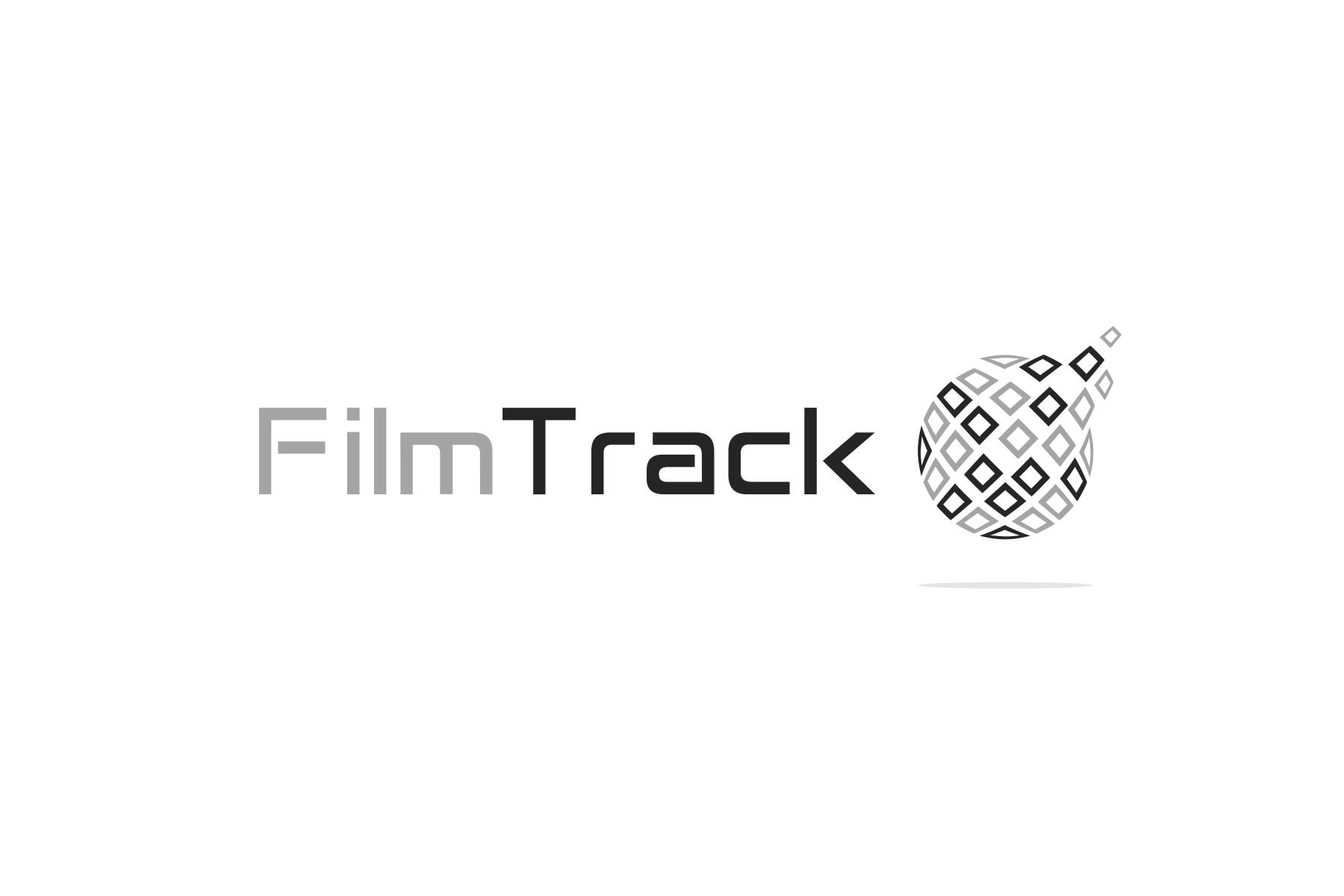ETC’s VFX Working Group has published a specification for best practices naming image sequences such as plates and comps. File naming is an essential tool for organizing the multitude of frames that are inputs and outputs from the VFX process. Prior to the publication of this specification, each organization had its own naming scheme, requiring custom processes for each partner, which often resulted in confusion and miscommunication.
The new ETC@USC specification focuses primarily on sequences of individual images. The initial use case was VFX plates, typically delivered as OpenEXR or DPX files. However, the team soon realized that the same naming conventions can apply to virtually any image sequence. Consequently, the specification was written to handle a wide array of assets and use cases.
To ensure all requirements are represented, the working group included over 2 dozen participants representing studios, VFX houses, tool creators, creatives and others. The ETC@USC also worked closely with MovieLabs to ensure that the specification could be integrated as part of their 2030 Vision.
A key design criteria for this specification is compatibility with existing practices. Chair of the VFX working group, Horst Sarubin of Universal Pictures, said: “Our studio is committed to being at the forefront of designing best industry practices to modernize and simplify workflows, and we believe this white paper succeeded in building a new foundation for tools to transfer files in the most efficient manner.”
This specification is compatible with other initiatives such as the Visual Effects Society (VES) Transfer Specifications. “We wanted to make it as seamless as possible for everyone to adopt this specification,” said working group co-chair and ETC@USC’s Erik Weaver. “To ensure all perspectives were represented we created a team of industry experts familiar with the handling of these materials and collaborated with a number of industry groups.”
“Collaboration between MovieLabs and important industry groups like the ETC is critical to implementing the 2030 Vision,” said Craig Seidel, SVP of MovieLabs. “This specification is a key step in defining the foundations for better software-defined workflows. We look forward to continued partnership with the ETC on implementing other critical elements of the 2030 Vision.”
The specification is available online for anyone to use.




